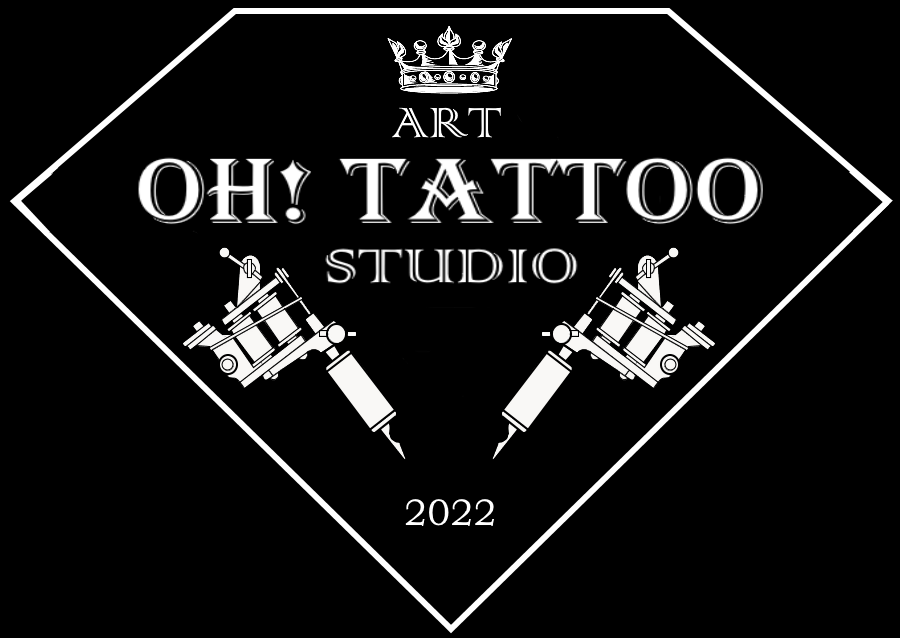The price of a tattoo depends on many factors, primarily the artist’s choice. A qualified and experienced artist will naturally cost more, as high-quality and skilled work cannot come cheap. Beginner artists typically offer their services at lower prices compared to experienced professionals. The main criteria for evaluating a tattoo include the size of the image, the complexity of the work, and the quality of execution.
Choosing a tattoo artist is a serious process, as the artist will leave their work on your body for life. Beginners might attract you with diplomas, friendliness, and affordable prices, but it’s important to check their experience and the quality of the work. This doesn’t mean that all newcomers produce low-quality work. Among them, some talented artists quickly demonstrate good results.
To make the right choice, it’s advisable to request the artist’s portfolio and thoroughly examine their work. This will help you assess their experience and skill level.
The more complicated the design, it will cost more. The cost of a tattoo depends on whether the design is a simple black-and-white image, which involves working with colors, complex transitions, and creating depth. For example, realism is a complex style that requires a lot of knowledge, skills, time, and experience, so tattoos in this style are more expensive. However, it’s worth investing in!
The size of the image also significantly influences the cost of the tattoo. The artist estimates the approximate price by multiplying the length of the design by its height, and then by the cost per square centimeter. However, the larger the image, the lower the price per square centimeter.
The main factor is the complexity of execution. Images with many tiny details are usually priced based on complexity rather than size. The cost of such work will be negotiable, and the artist can provide an exact amount only once the sketch is fully prepared.
The place where the tattoo will be on your body and the colors used affect how much it costs. The use of anesthetics can slightly increase the price of a tattoo.
Contraindications include skin diseases, allergies to inks or metals, pregnancy, diabetes, blood clotting disorders, and infectious diseases. Before the procedure, please consult a doctor.
Before the procedure, avoid alcohol consumption and caffeine, get a good night’s sleep, eat a light meal, and drink plenty of water to keep your skin hydrated.
After the procedure, apply a special cream, avoid direct sunlight, swimming in water (pool, bath), and peeling any scabs that may form.
Before the procedure, eat a light meal and drink water. After piercing, follow hygiene recommendations, avoid touching the place of piercing with dirty hands, and don’t change the jewelry until it has fully healed.
Rinse the piercing with a saline solution or a special cleanser twice a day, and avoid using alcohol or hydrogen peroxide. Don’t touch the piercing with dirty hands.
The pain depends on individual perception of pain and the location of the tattoo. Some areas of the body are more sensitive than others, therefore artists may use painkillers.
The price depends on the size, complexity of the design, colors, placement, and the experience of the artist. The time spent on the work is also considered.
The price depends on the type of piercing, the materials used for the jewelry, and the experience of the professional. The cost of sterile instruments may also be considered.
Tattoos can be removed using laser therapy. The procedure takes several sessions and depends on the size and color of the tattoo.
Small scars or marks may remain after removing a piercing. Healing creams can be used to reduce the appearance of these marks.
The color palette is diverse, including all basic colors and their shades. Artists can mix colors to achieve the desired effect.
Popular styles include realism, old school, new school, minimalism, dotwork, watercolor, biomechanical, and others. Each style has its own unique features and techniques.
It’s not recommended to get a tattoo during pregnancy due to the risk of infections and potential negative reactions to the ink.
The duration of the procedure depends on the size and complexity of the design. Small tattoos can take from 30 minutes to an hour, while larger ones may require several hours or sessions.
Possible complications include infections, allergic reactions, inflammation, and prolonged healing. Follow aftercare recommendations to reduce the risks.
It’s important to do an allergy test for the inks before the procedure; consult with your artist and a doctor if you have allergies.
Initial healing takes 1 to 2 weeks. Full healing of the skin can take up to 1 month. It’s important to properly care for the tattoo during the healing process.
Avoid tanning beds and swimming pools for the first few weeks to prevent infections and fading of the tattoo.
Choose an artist with a good reputation, review their portfolio, read customer reviews, and talk to the artist to make sure they adhere to hygiene standards and are professional.


